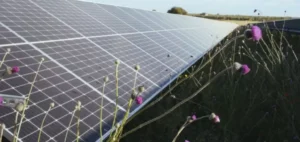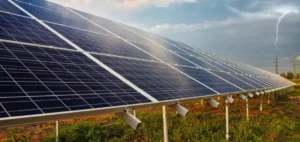Hawaiian Electric selects 7 solar projects on Oahu, Hawaii Island and Maui as part of the CBRE program.
7 solar and social projects
Hawaiian Electric is offering a solar program for the first time. This program is also known as Community-Based Renewable Energy or CBRE. The goal of the program is to help reduce the electricity bills of customers who reach low and moderate income levels.
Indeed, a part of the population is not able to install private solar panels on their roofs. Hawaiian Electric is implementing a bid evaluation process. It takes into account cost and non-price factors such as community awareness.
A local distribution
Hawaiian Electric offers large-scale solar and battery storage projects such as the Mililani Solar I power plant. On Oahu, the Hawaii-based company selects a shared solar project co-developed by Nexamp Solar and Melink Solar Development. It will be the Kaulonahua Solar project with a capacity of 6MW shared solar.
On Hawaii Island, the Kalaoa Solar A, Kalaoa Solar B and Naalehu Solar projects will also be developed by Nexamp Solar. Each project has a capacity of 3MW and will integrate a battery. On Maui, these are three projects also developed by Nexamp Solar.
Adapted capacities
Indeed, Lipoa Solar will have a capacity of 3MW and will have a battery. The Makawao Solar and Piiholo Solar Road projects will have a capacity of 2.5MW. Zaid Ashai, CEO of Nexamp Solar says:
“Our proven track record as a long-term owner/operator has made us a trusted partner in hundreds of communities today and our seven new Nexamp projects in Hawaii will help the state meet its decarbonization goals.”
Hawaiian Electric will work with the selected developers to finalize the 20-year contracts. Shared solar projects are expected to be online by 2025. Once projects are available on Hawaiian Electric’s CBRE portal, customers can become “subscribers” to an installation on their respective island.






















